As the demand for efficient and safe transportation of petroleum products escalates, especially in regions like Malawi, the market for specialized vehicles, such as bottom loading petroleum tankers, is witnessing substantial growth. Understanding the intricacies surrounding the purchase of these tankers is vital for companies seeking to optimize their logistics and tap into emerging opportunities in the fuel distribution sector.
The Critical Role of Bottom Loading Petroleum Tankers
In the realm of fuel transportation, the integration of advanced tanker technology is paramount. Bottom loading petroleum tankers are specifically designed to enhance safety, efficiency, and environmental compatibility. Unlike traditional top-loading tankers, bottom loading systems offer several advantages including reduced vapor emission, minimized spillage risks, and faster loading times.
Key Advantages of Bottom Loading Systems
| Advantage | Description |
|---|---|
| Enhanced Safety | Reduced risk of accidents and spills, safeguarding both the environment and operational staff. |
| Increased Efficiency | Quicker loading and unloading processes lead to reduced downtime and improved delivery schedules. |
| Lower Emissions | Minimizes vapor loss during loading, contributing to stricter adherence to environmental regulations. |
| Operational Versatility | Compatible with various types of fuel, providing flexibility for businesses dealing with multiple products. |

Factors to Consider When Purchasing Tankers
When considering bottom loading petroleum tankers for sale in Malawi, several critical factors come into play. Each aspect contributes to ensuring that your investment aligns with operational goals and regulatory standards.
1. Compliance with Regulations
Understanding Malawi’s regulatory landscape concerning fuel transportation is essential. Familiarize yourself with the Malawi Bureau of Standards (MBS) and ensure that your tanker meets all safety and environmental codes, thus facilitating a smooth operation without legal hiccups.
2. Tanker Specifications
Selecting the right specifications for your bottom loading petroleum tanker is crucial. Consider the following:
- Capacity: Based on your operational needs, choose from options ranging from 5,000 to 30,000 liters.
- Material: Stainless steel is the preferred choice for durability and resistance to corrosion.
- Pump Type: Ensure that the pump systems used can handle the viscosity of the petroleum products dealt with.

3. Supplier Credentials
When investing in bottom loading petroleum tankers for sale in Malawi, it is vital to engage with reputable manufacturers. Ensure that the company you choose:
- Has a robust track record in manufacturing high-quality tankers.
- Provides warranties and after-sales service for maintenance.
- Offers customization options to tailor the tanker to specific requirements.
Understanding the Market Landscape in Malawi
Malawi, with its growing economy and expanding fuel distribution networks, presents a unique opportunity for businesses in the petroleum sector. The increasing demand for fuels coupled with infrastructural development has spurred investments. Therefore, securing appropriate bottom loading petroleum tankers can significantly impact operational efficiency.
Competitive Analysis
Before making a purchase, conducting a competitive analysis is essential. Examine the market for the following:
- Pricing Trends: Determine the reasonable price range to avoid overextending your budget.
- Supplier Strengths: Identify what makes suppliers like CarMax Vehicle stand out, such as advanced manufacturing processes or technological innovations.
- Customer Feedback: Understanding past customer experiences will spotlight potential pitfalls in supply chain partnerships.

How Bottom Loading Petroleum Tankers Improve Operations
Acquiring a bottom loading petroleum tanker directly correlates with improving operational efficiency and responsiveness in your supply chain. Let’s elaborate on the primary ways these tankers enhance operational efficacy.
Case Study: Enhanced Loading Times
Consider a scenario involving traditional loading systems compared to bottom loading systems. Traditional systems allow for an average loading time of up to 45 minutes, while bottom loading systems can streamline the process, reducing it to approximately 20 minutes. This difference substantially increases the versatility of your fleet, leading to better service times and customer satisfaction.
Operational Cost Reduction
Investing in bottom loading petroleum tankers can be instrumental in reducing overall operational costs through:
- Lower Fuel Consumption: Enhanced aerodynamic designs decrease fuel requirements during transportation.
- Reduced Maintenance Costs: High-quality materials and construction minimize wear and tear.

Environmental Impact
The increasing significance of environmental sustainability in business models cannot be overstated. Bottom loading systems significantly reduce environmental footprints through minimizing spills and emissions, aiding in compliance with modern environmental standards.
Financing Your Tanker Purchase
Funding a tanker purchase can pose challenges; hence, it’s crucial to explore various financing options, such as:
- Direct Purchase: Utilize company resources for a one-time payment.
- Leasing Arrangements: Consider leasing for lower upfront costs and flexibility.
- Loans: Investigate business loans tailored for equipment purchases.
| Financing Option | Pros | Cons |
|---|---|---|
| Direct Purchase | Complete ownership, no interest payments. | High initial capital outlay. |
| Leasing | Lower upfront costs, flexibility. | Long-term payment commitment, no ownership. |
| Loans | Access to funds while owning the asset. | Interest payments can amplify total costs over time. |
Exploring Advanced Technologies in Tankers
The landscape of tanker technology is rapidly evolving, introducing innovative features that bolster safety and efficiency. Look out for:
- Telematics Systems: Real-time tracking and monitoring capabilities for enhanced logistics.
- Smart Loading Systems: Automated controls that optimize loading parameters to reduce human error.
- Safety Features: Built-in alerts and alarms that signal any potential malfunctions or issues during operation.

Conclusion
In the context of Malawi’s burgeoning petroleum market, investing in bottom loading petroleum tankers for sale ensures companies not only meet current demand but also maintain a competitive edge. By prioritizing safety, efficiency, and regulatory compliance, businesses can streamline their operations and contribute positively to the environment.
Whether you are a local distributor or a large fuel manufacturer, securing a high-quality bottom loading tanker—such as those produced by CarMax Vehicle—is an investment that promises a return through enhanced productivity and operational excellence.
FAQs
1. What is the average lifespan of a bottom loading petroleum tanker?
The average lifespan typically ranges from 15 to 20 years, depending on maintenance and usage conditions.
2. Are there any specific certifications required for bottom loading petroleum tankers in Malawi?
Yes, tankers must comply with guidelines set by the Malawi Bureau of Standards (MBS) concerning safety and environmental regulations.
3. Can I customize my bottom loading petroleum tanker from CarMax Vehicle?
Absolutely! CarMax Vehicle offers a variety of customization options to meet specific operational requirements.
4. What maintenance practices should be implemented for bottom loading petroleum tankers?
Regular inspections, ensuring proper cleaning after use, and upkeeping mechanical systems are paramount for longevity and safety.



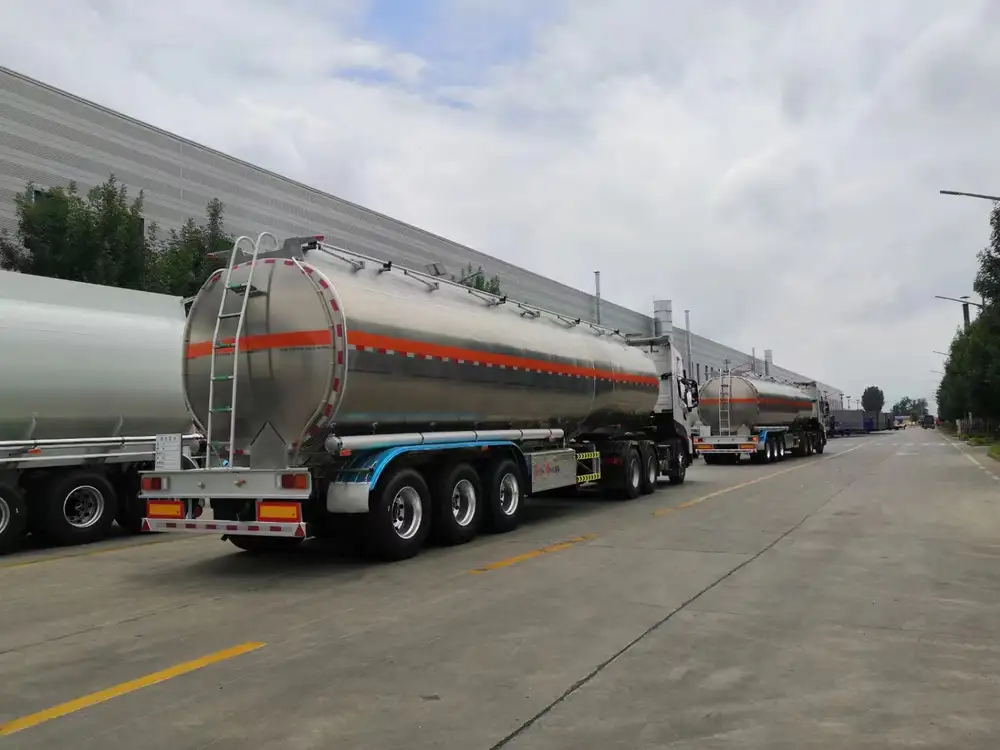
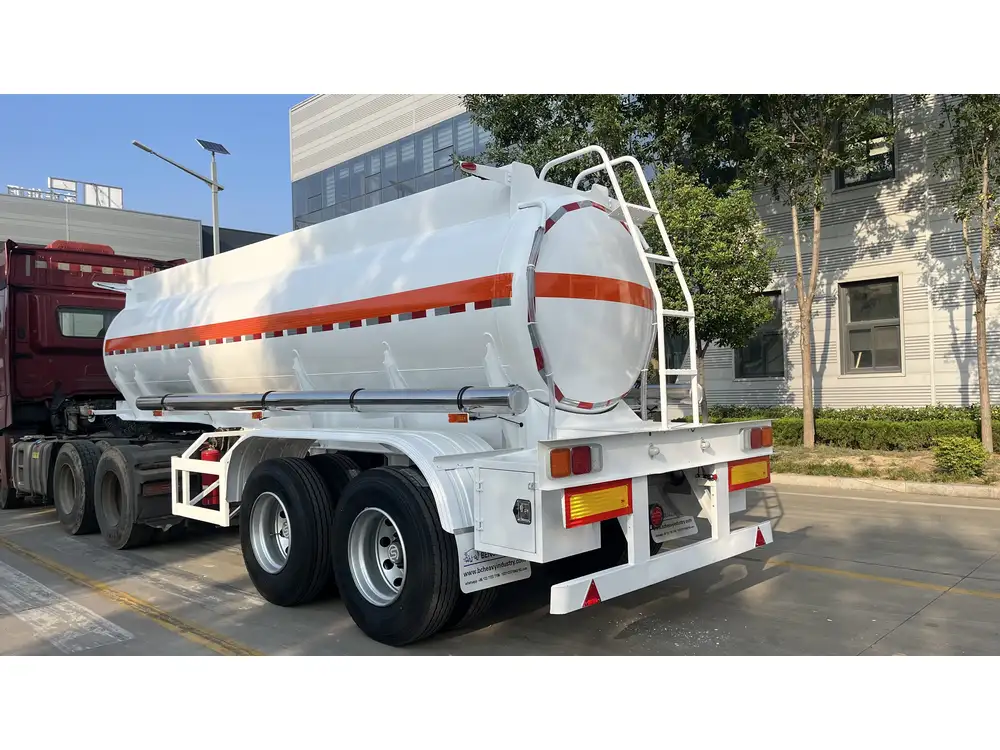

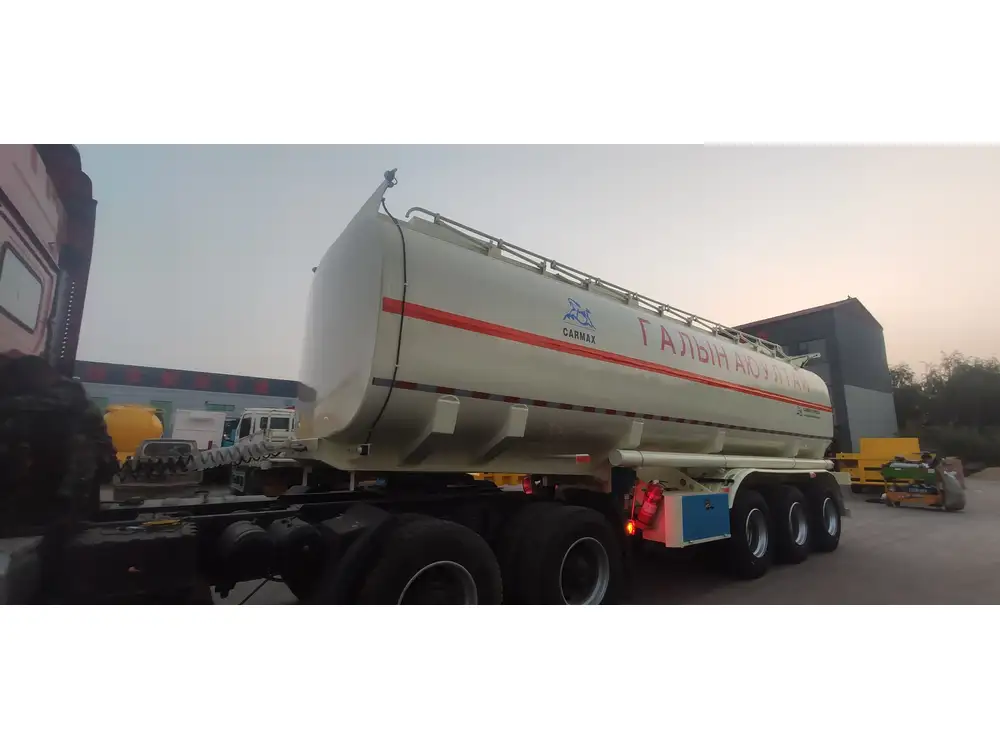
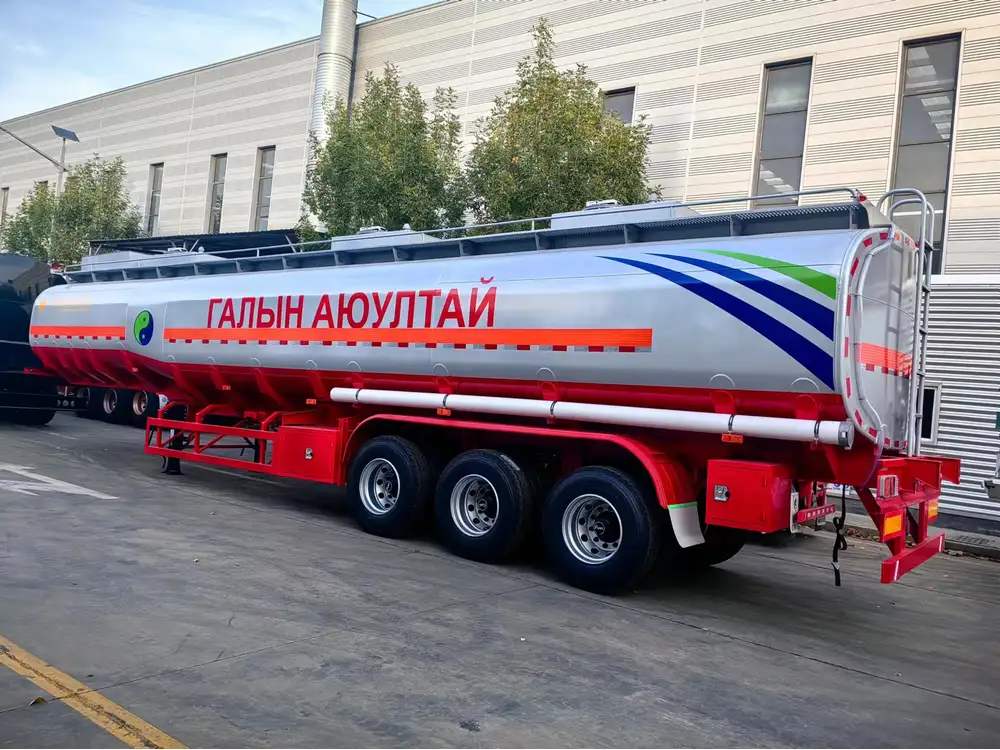


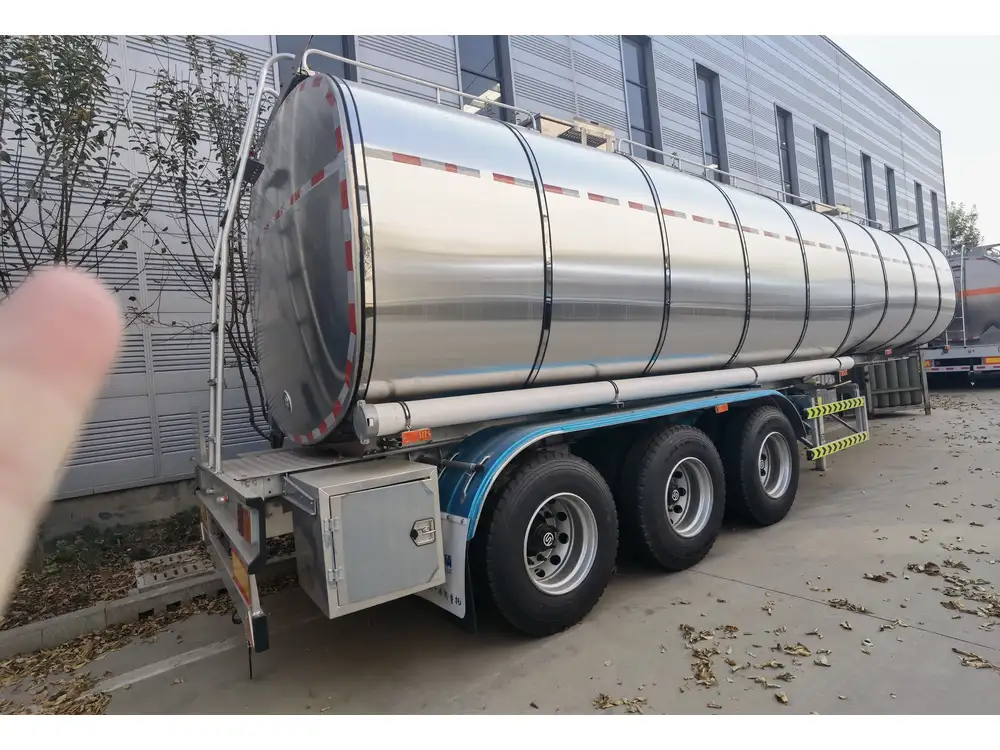


Reviews
There are no reviews yet.